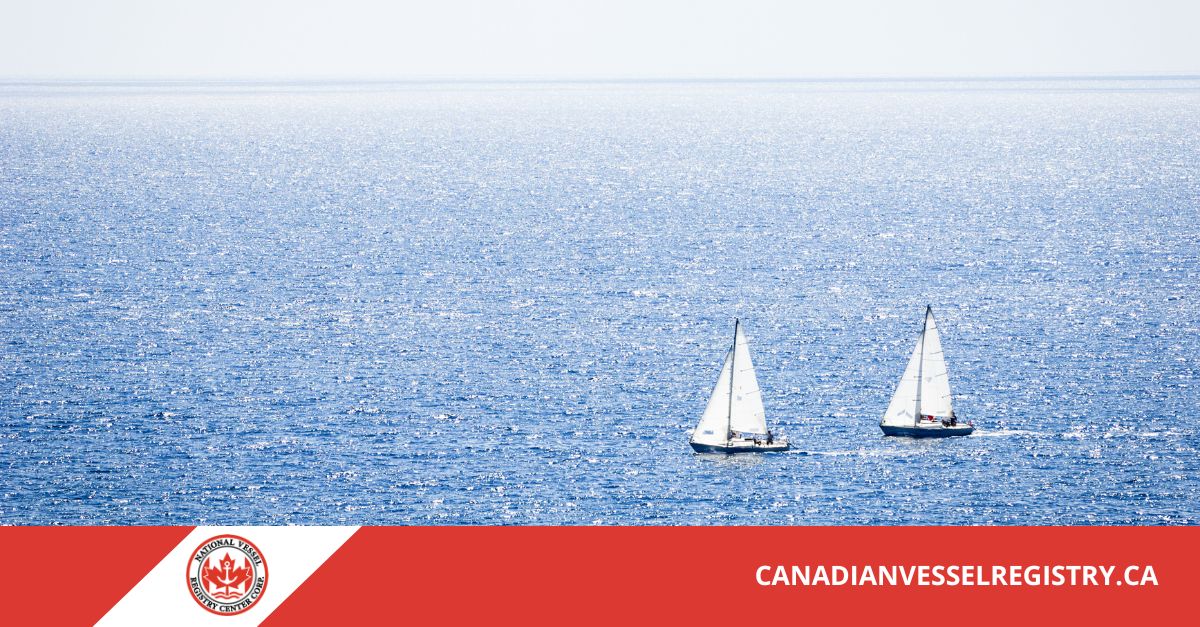If you are trying to navigate the process of importing a boat into Canada, you have to know that it involves more than just arranging transport logistics. You must understand the intricacies of boat import duty in Canada for a smooth and hassle-free experience. But what are the steps involved in importing a boat into Canada? How do you deal with import duties?
Import Duty in Canada – Ensuring Compliance with Customs Regulations
Importing a boat into Canada requires a thorough understanding of the process. It is vital to ensure compliance with customs regulations and avoid unexpected fees or delays. Whether you are a recreational boater looking to bring your vessel into Canadian waters or a commercial entity seeking to expand your maritime operations, you must familiarize yourself with the steps involved in navigating boat import duty.
1. Determine Eligibility and Classification
The first step in importing a boat into Canada is to determine its eligibility for importation and its classification under Canadian customs regulations. Certain vessels may be subject to specific requirements or restrictions based on factors such as size, propulsion type, and intended use. Consulting with a customs broker or regulatory authority can help clarify the eligibility and classification of your boat.
2. Calculate Applicable Duties and Taxes
Once the eligibility and classification of the boat have been established, the next step is to calculate the applicable duties and taxes. Boat import duty in this country may vary depending on factors, like the country of origin, the value of the vessel, and any trade agreements or exemptions. It is essential to accurately assess the duty rates and taxes to avoid unemployment or overpayment and ensure you comply and meet customs regulations.
3. Prepare Documentation
Importing a boat into Canada requires the submission of various documentation to customs authorities. This may include a bill of sale, proof of ownership, vessel registration, documents, and a certificate of origin. If the boat is being imported for commercial purposes, additional permits or licenses may be required. Ensuring that all required documentation is complete and accurate is crucial to expedite the customs clearance process.

4. Pay Duties and Taxes
After preparing and verifying the documentation, the next step is to pay the applicable duties and taxes to customs authorities. You typically pay boat import duty at the time of importation, and they may calculate it based on the value of the vessel, including any additional costs like shipping and insurance.Payment methods may vary depending on the customs office, so it is advisable to confirm accepted payment methods in advance.
5. Clear Customs and Inspection
After paying the required duties and taxes, the final step is to clear customs and undergo any necessary inspections. Customs authorities will verify the documentation and ensure compliance with import regulations before granting clearance for the boat to enter Canadian waters. Depending on the nature of the vessel and the circumstances of importation, authorities may require additional inspections or declarations.
Careful Planning
Navigating the process of boat import duty in Canada necessitates careful planning, attention to detail, and compliance with customs regulations. By following these steps, you can ensure a smooth and hassle-free importation process. Once you have imported your boat to Canada, you can try navigating the boat registration process. Call us if you need further help with the registration and documentation.
